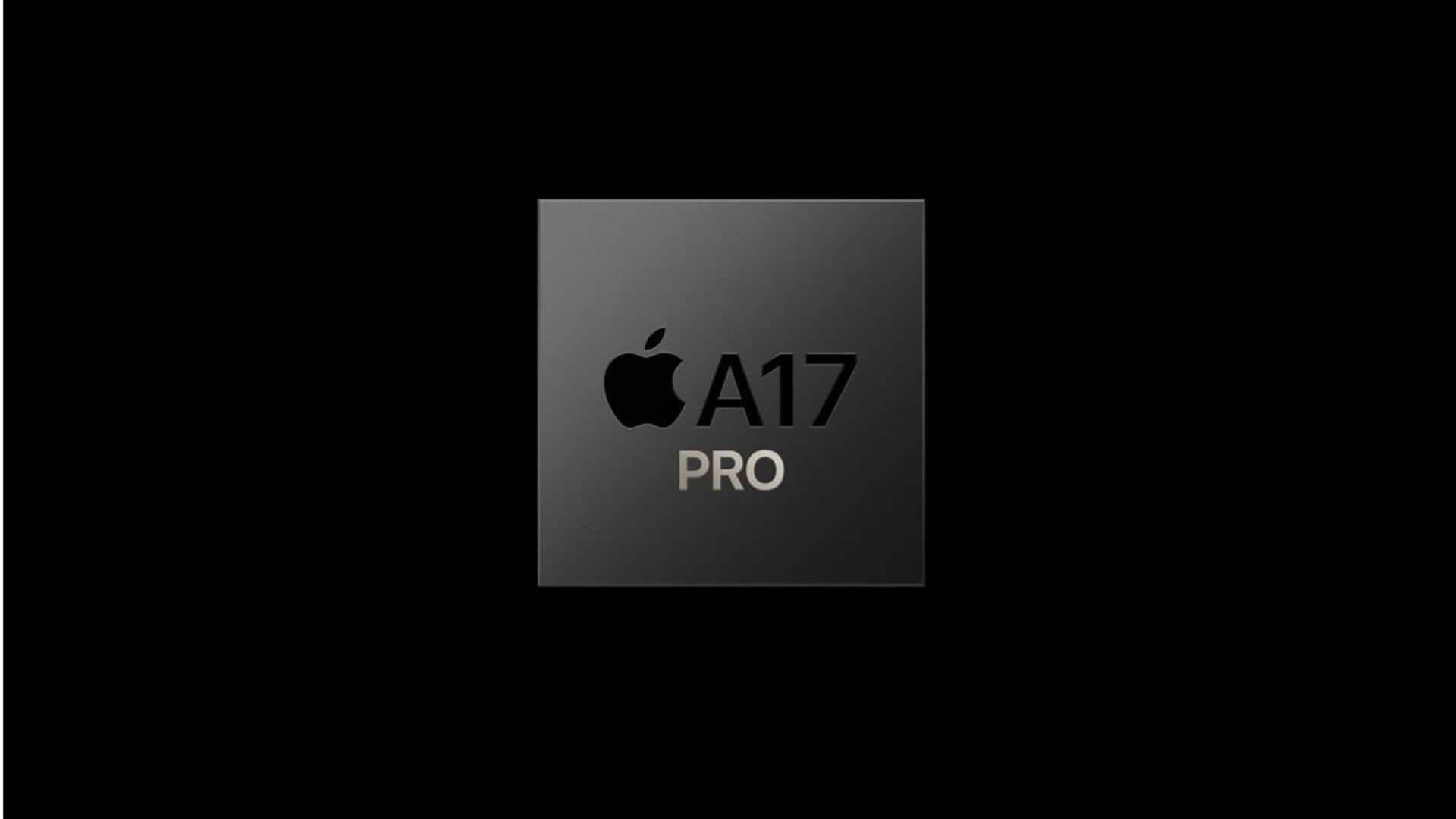
Why Apple's A17 Pro chip is a big deal
What's the story
In a much-anticipated event named 'Wonderlust,' Apple has officially introduced its latest generation of iPhones, bringing a pleasant surprise for tech enthusiasts. While the standard iPhone 15 and 15 Plus retain the A16 chip from last year, the iPhone 15 Pro and Pro Max get the brand-new A17 Pro chip. Said to the world's first 3nm mobile chip, the A17 Pro's GPU is the "biggest redesign in the history of Apple GPUs," offering 20% faster performance and more.
Details
The A17 Pro's 3-nanometer process
The A17 Pro chip promises to be a game-changer, boasting notable enhancements over its predecessor, the A16. One of the key differentiators is that it is built on a cutting-edge 3-nanometer process, in contrast to the A16's 4-nanometer process. The A17 Pro has 19 billion transistors, up from 16 billion transistors in the A16. The new SoC offers much more significant performance and efficiency improvements compared to the A16, mainly due to the 3-nanometer process.
What Next?
CPU and neural engine upgrades
The A16 chip featured a six-core CPU with two performance cores and four efficiency cores, accompanied by a five-core GPU and Apple's 16-core Neural Engine. The A17 Pro continues this trend with a six-core CPU but takes it up a notch. The two performance cores are said to be 10% faster and the efficiency cores are significantly more efficient. The Neural Engine is set to be nearly twice as fast, promising an exceptional boost in artificial intelligence (AI) capabilities.
Insights
GPU redesign and USB-C integration
One of the most exciting revelations is Apple's groundbreaking redesign of the GPU. The A17 Pro's GPU comprises six cores, delivering up to 20% faster performance while maintaining improved energy efficiency. Perhaps the most thrilling development for gamers is the GPU's newfound support for ray tracing. As the iPhone now features a USB-C port, the A17 Pro chip has support for data transfer speeds of up to 10 gigabits per second.
Insights
A shift in naming conventions
Notably, Apple has shifted its naming conventions with the introduction of the A17 Pro. Traditionally, Apple launched a single version of its phone chip, initially in the Pro version and subsequently in the non-Pro iPhones a year later. However, this alteration introduces the possibility of a non-Pro version that may power next year's standard iPhones, offering a fresh approach to product releases.